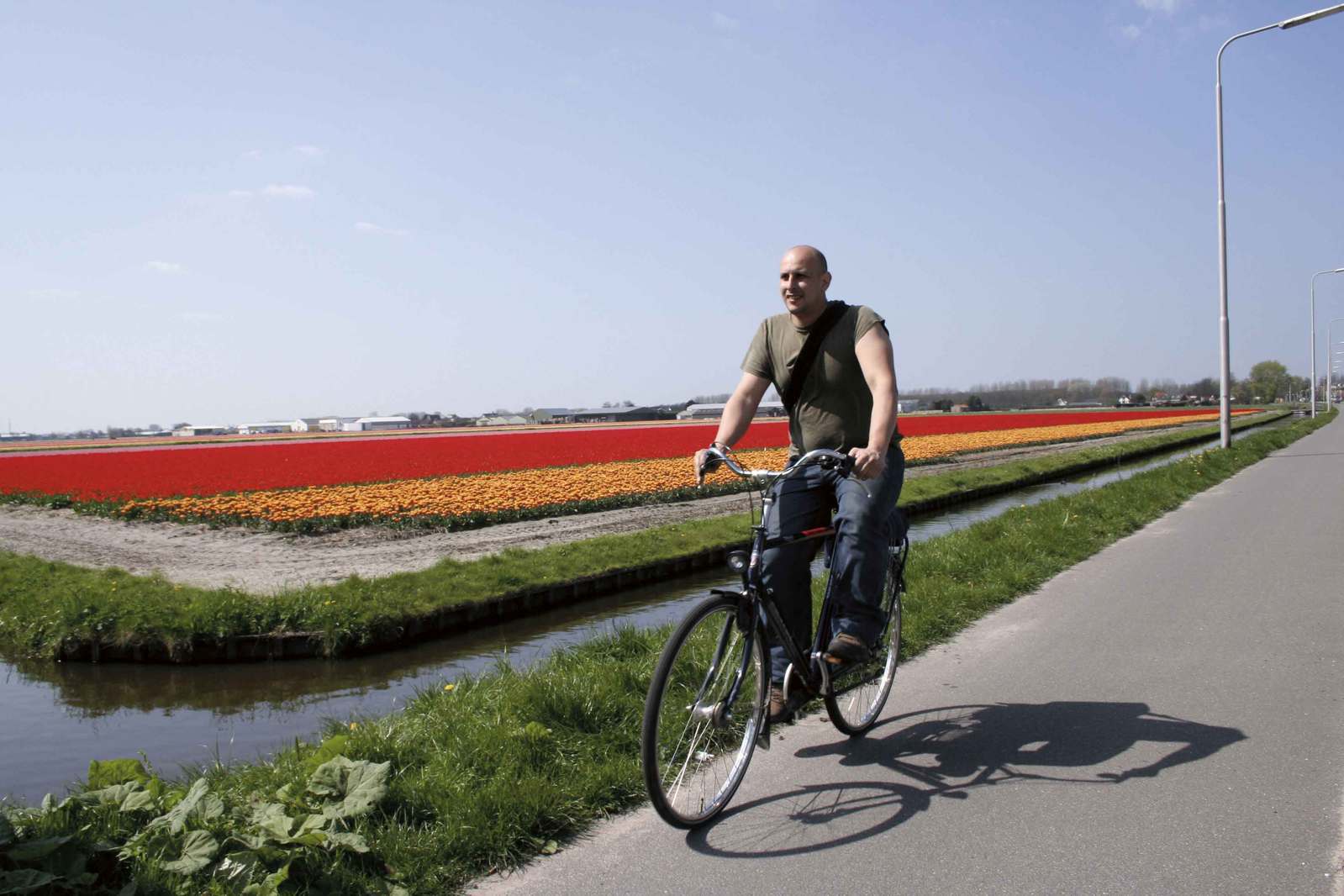Knee osteoarthritis is a type of arthritis where the knee cartilage wears. This leads to bones of the joints rubbing against each other, resulting in pain, stiffness, swelling and sometimes causes bone spurs. Knee osteoarthritis makes it hard to carry everyday activities like walking or climbing stairs.

Causes of Knee Osteoarthritis

- Age is a major cause of this condition since the cartilage doesn’t regenerate healthily as the person grows old.
- Weight can lead to this condition as weight increases pressure on all joints, especially the knee. Knee Osteoarthritis can be inherited too.
- Recurring stress injuries. This results from the type of job a person has. Squatting, kneeling, or lifting heavy weights puts more pressure on the knee, and this may result in knee osteoarthritis.
- Gender. Women of 55 years and above are more likely to develop knee osteoarthritis compared to men.
- Athletes involved in tennis, soccer, or long-distance running may be at higher risk for developing knee osteoarthritis.
- People suffering from other illnesses like rheumatoid arthritis are more likely to develop knee osteoarthritis.
Managing Osteoarthritis through Cycling
There are several ways in which osteoarthritis knee can be managed. Weight loss, corticosteroid injections into the knee, using braces, among other methods, can be used to treat this condition.
We will focus on cycling a was of treating and managing knee osteoarthritis. This is because cycling is a natural way of managing this condition.
Before starting cycling, make sure you know what kind of arthritis is affecting the knee. Since the two most common types are rheumatoid arthritis and osteoarthritis and each, require special considerations.
Finding the right bike and using it correctly is also important. Following guidelines will help in choosing and using a bike correctly. Try several bikes and choose one that feels comfortable. A recumbent bike is recommended for people with knee osteoarthritis.
After choosing your bike, set it up correctly. This is because having seat height in the wrong position can cause more harm than good. Ensure the seat is parallel to the ground and not tipped forward or back.
Warm-up. Start cycling slowly and increase speed gently and cycle within your limit. Avoid cycling too fast and hard as this may cause more harm to your knee. Start with a short ride and increase distant gently as you progress. Be consistent with your cycling. This keeps the knee in movement and prevents stiffness. Take days off to rest. On the rest day, you can stretch a bit to stay active and prevent knee stiffness.
In case you experience any pain, consult your physical therapist to know what you might be doing wrong and correct it. Knee osteoarthritis can be your worst nightmare, but treating and managing it is what matters.



